When it comes to customizing cars, changing tire size is one of the quickest and easiest processes. In fact, many people choose to keep all other parts of their vehicles stock apart from their tires. So can you use tires with different aspect ratios or tread width? We've done the research for your reading pleasure.
Without modifying any other parts of your vehicle, you can use a set of tires that are approximately 3% larger or smaller than the stock tires.
If you plan to change your car's tires, you have come to the right place. Keep reading, and we'll guide you about the things you have to consider when swapping your stock tires with different-sized ones.
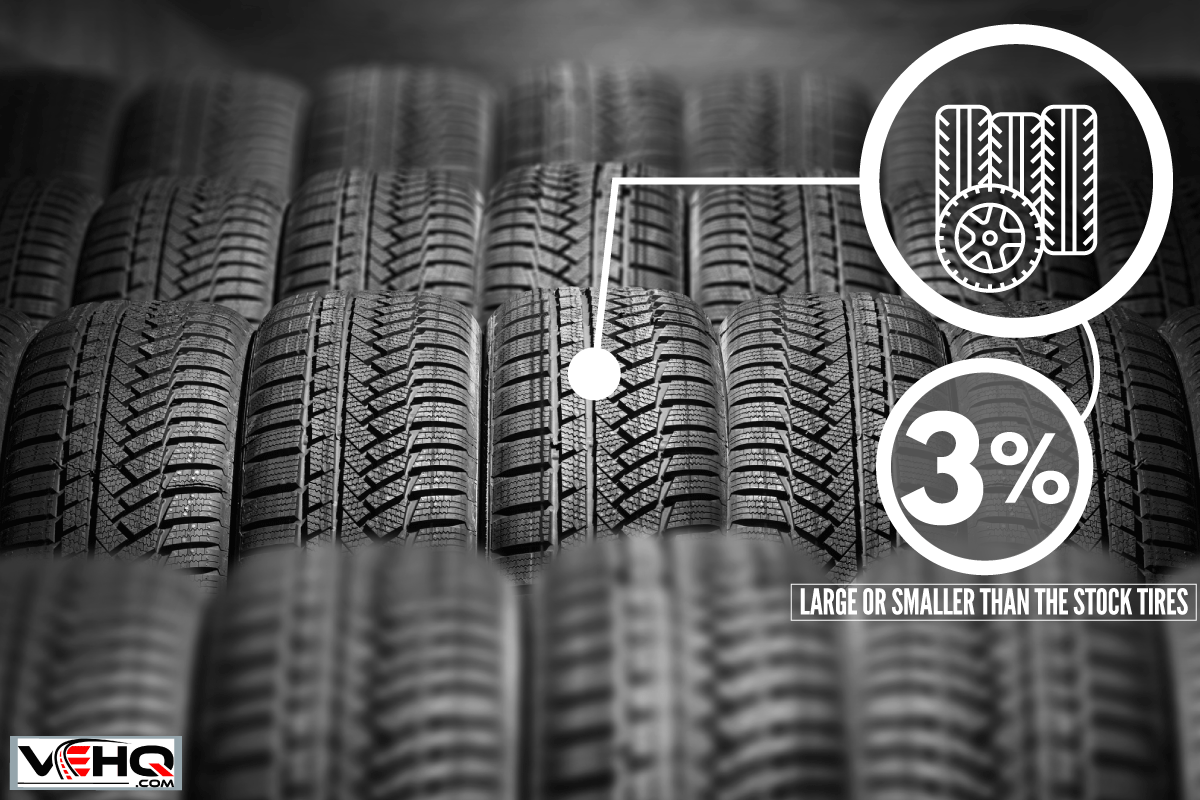
Can You Change Tire Size?
Car makers design their vehicles with careful consideration of how the tires will affect the cars' overall performance and ride comfort. If you want the driving experience that your car's engineers designed it for, then you should stick to your original tire size.
However, if you want or need to change your tire sizes without modifying anything else in your car, you should do so conservatively. For passenger cars, the commonly-held threshold is within 3% of your original tire size. However, many pick-up trucks and SUVs can upsize up to 15%.
So how do you know what sizes are within the threshold?
You begin with the measurement of your original tires. These measurements are printed or embossed on your tires' sidewalls. After knowing your original tires' measurements, you can use a tire size calculator or consult with your tire retailer.
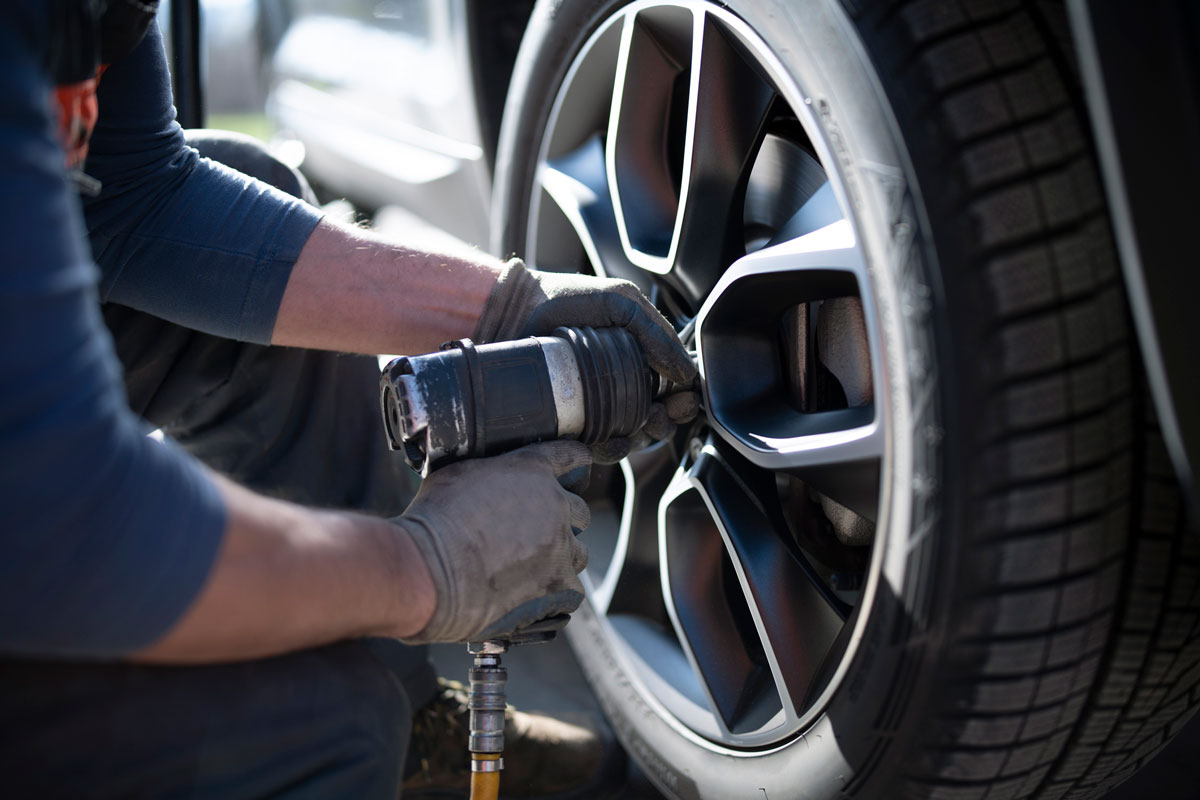
What Do The Numbers On My Tires Mean?
Although your tires' measurements are readily visible on their sidewalls, these numbers are not entirely straightforward. In this section, we will help you decipher what these numbers mean.
To illustrate, let's take an example: 205/60/R15 91H
- 205 represents the tire's width, measured in millimeters.
- 60 refers to the tire's aspect ratio. This number is expressed as a percentage, meaning that the tire's height from the rim to the tread is 60% of the tire's width.
- R15 means that you have a radial construction tire that will fit perfectly into a 15-inch rim or wheel.
- 91 refers to the tire's load index, and H refers to the tire's speed rating.
The load index of 91 means that the tire can safely carry 1,356 lbs (615 kg). Consequently, four of these tires can carry 5,424 lbs (2,460 kg). Below is a sample chart of the tire load index.
When changing tire sizes, always ensure that your new tires will have at least the same load index as your original tires. If this is not possible, it would be prudent to go with a little higher load rating for safety.
The letter "H" after the load rating means that the tire can withstand the heat and friction generated by speeds up to 130 mph (209 km/h). Below is a chart of some of the most common tire speed ratings.
Similar to the load index, you should try getting new tires with at least the same speed rating as your original tires had. Now that we have taken the load index and speed rating out of the way, we can focus on tire size specifications.
What Is A Tire's Overall Diameter?
A tire's overall diameter is its largest diameter. We measure this diameter line from two of the tire's outermost points on its tread.
Furthermore, when measuring a tire's overall diameter, we need to make sure that we have properly mounted and inflated the tire on its correctly-sized rim. Finally, the tire must be on level ground and not bearing any load during measurement.
The tire's overall diameter, as well as the tire width, are the two main reference points for measuring how much larger or smaller your new tires can be.
What Is A Tire's Width?
Using the same assumptions or conditions when we measure overall diameter, we can also determine a tire's width. Tire width, which is also called tread width, is measured from one outer sidewall to the other. Tire width is not to be mistaken with rim width.
What Is A Tire's Aspect Ratio?
A tire's aspect ratio is expressed in a percentage format. To get the aspect ratio, we need to use two known measurements.
- Tire height - the measurement from the rim's outermost circumference point up to the corresponding point on the tire's treads.
- Tire width
The aspect ratio refers to the tire's height divided by the tire's width, expressed as a percentage. As we mentioned in our earlier example, a tire that has an aspect ratio of 60 has a tire height that is 60% of its width.
Once you provide your original tire size to your tire dealer, they can offer you some alternative tire sizes to match your vehicle. Similarly, if you input these tire sizes into an online tire size calculator, you can find safe alternative tire sizes.
Should You Change Your Tire Size?
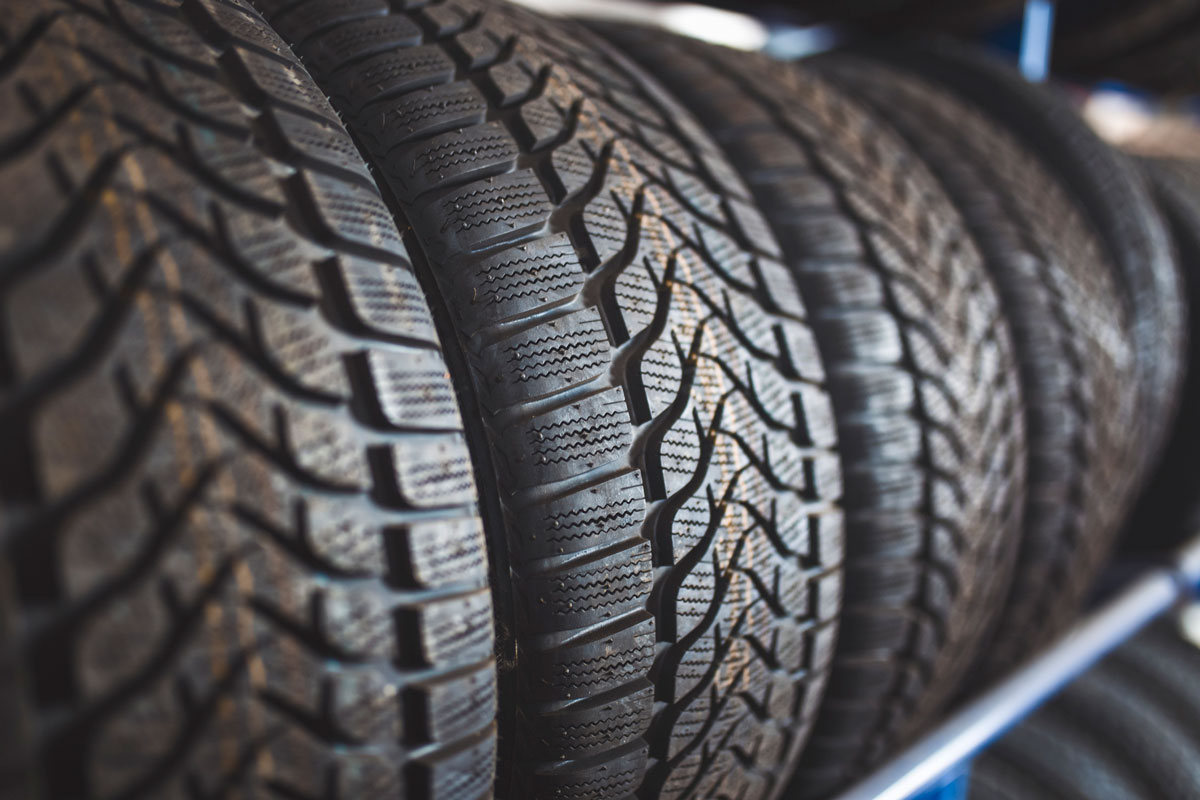
Even though many people use the 3% limit as a rule of thumb for changing tire sizes, this limit does not always apply. A car's actual tire size limitation is determined by the space a tire can occupy within the wheel well without scraping against any other car component.
You can get new tires with different tread widths and aspect ratios when you use your original rims or a similarly-sized set of rims. While a few people may use smaller tires on the same rims, most tire modifications on stock rims involve tire upsizing.
For many sedans, hatchbacks, and small crossover SUVs, you can get away with only a 3% size change. The size change limit is low because these vehicles have relatively small wheel well clearances.
Larger SUVs and pick-up trucks, on the other hand, often have larger wheel wells. These vehicles' tires and suspension systems need more room to move when the vehicles take on heavy loads or go through harsh terrains.
As a result, these larger wheel wells can accommodate tires that are 10-15% larger than the original tires, even without leveling kits or full suspension lifts.
What Are The Advantages Of Changing Tire Size Systems
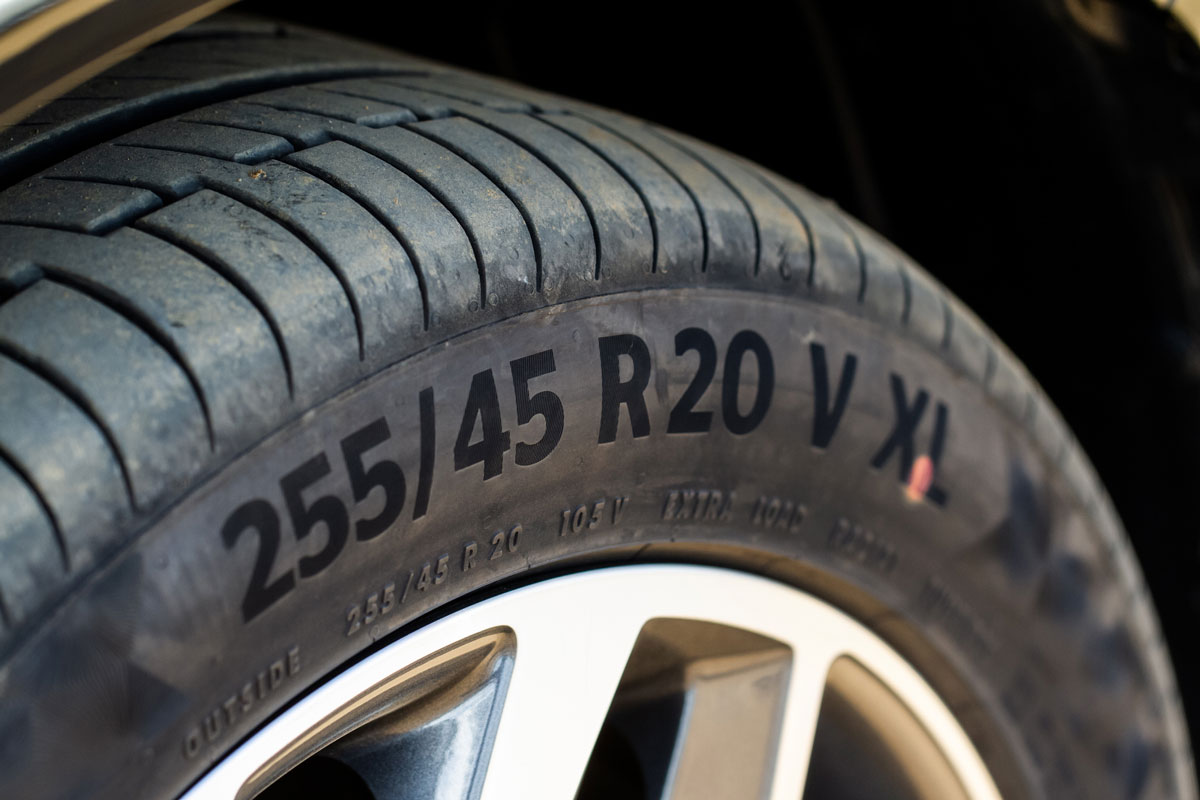
Cosmetics
Some car enthusiasts prefer the lowrider appearance, and smaller tires can help achieve this cosmetic change. However, proper lowering of cars involves many major modifications, and we will not cover these modifications in this article.
On the other hand, many SUV and pick-up truck owners prefer to upgrade to a set of larger tires, even with only their stock rims. For vehicles designed for carrying heavy loads and managing through off-road terrains, bigger tires are both practical as well as aesthetic upgrades.
Ground Clearance
For the same reasons as with cosmetics, we will not discuss smaller tires for lower ground clearance.
You can achieve a higher ground clearance by changing only your tires. Apart from higher ground clearance, you can also get a better wading depth as well as higher approach and departure angles.
With a higher ground clearance, you can travel through rougher terrains without snagging ground obstacles like rocks, fallen branches, or dirt mounds. Furthermore, you can even cross some flooded streets or shallow rivers to get to your destination.
Better Traction
Wider tires mean larger contact patches on the ground. Larger contact patches, in turn, mean better friction and better traction. When you change your original tires into wider ones, you improve your car's traction on the road.
Because of better traction, you can drive more safely, especially on snowy, muddy, or slippery roads. Furthermore, the increased traction improves your car's stability, especially at high cruising speeds. Finally, better traction gives you more control during emergency cornering situations.
Better Ride Comfort
If your new tires are "taller" or have a higher aspect ratio, you can expect your ride to be more comfortable.
What Are The Disadvantages Of Changing Tire Size?

While changing your tire size can give you some aesthetic and performance benefits, it also has its disadvantages.
More Expensive Tire Replacement
Holding brand, retailer, and shop location constant, bigger tires generally cost more than smaller tires. A possible exception can be made for rare tire sizes. If your car's specific tire size is rare and not readily available at your local tire retailer, then you may consider changing tire size.
Change in Acceleration
If you don't mind sacrificing road traction, then smaller tires can provide better acceleration. On the other hand, while bigger tires give you better overall control of your vehicle, they also dampen your acceleration.
Change in Steering Feedback
Bigger tires mean heavier steering, especially in tight parking spaces. However, you may not feel much of a difference when cruising on a highway.
Change in Fuel Consumption
- Pyour engine needs to work harder to overcome the bigger tires' rolling resista
ƒnce, it will consume more fuel. The opposite effect will arise with smaller tires, although you will sacrifice some vehicle control.
Inaccurate Speed Reading
Your car's speedometer, as well as its odometer, are calibrated to read your vehicle's speed using the car's stock rims and tires. When you change your tire size, these instruments will record an inaccurate speed and distance traveled.
Change in Ride Comfort
If you increase your tires' width but decrease your tires' aspect ratio, then you can expect a rougher ride. Larger tread patterns also reduce ride comfort as they will cause additional vibration and wind resistance while moving.
Wrapping Up
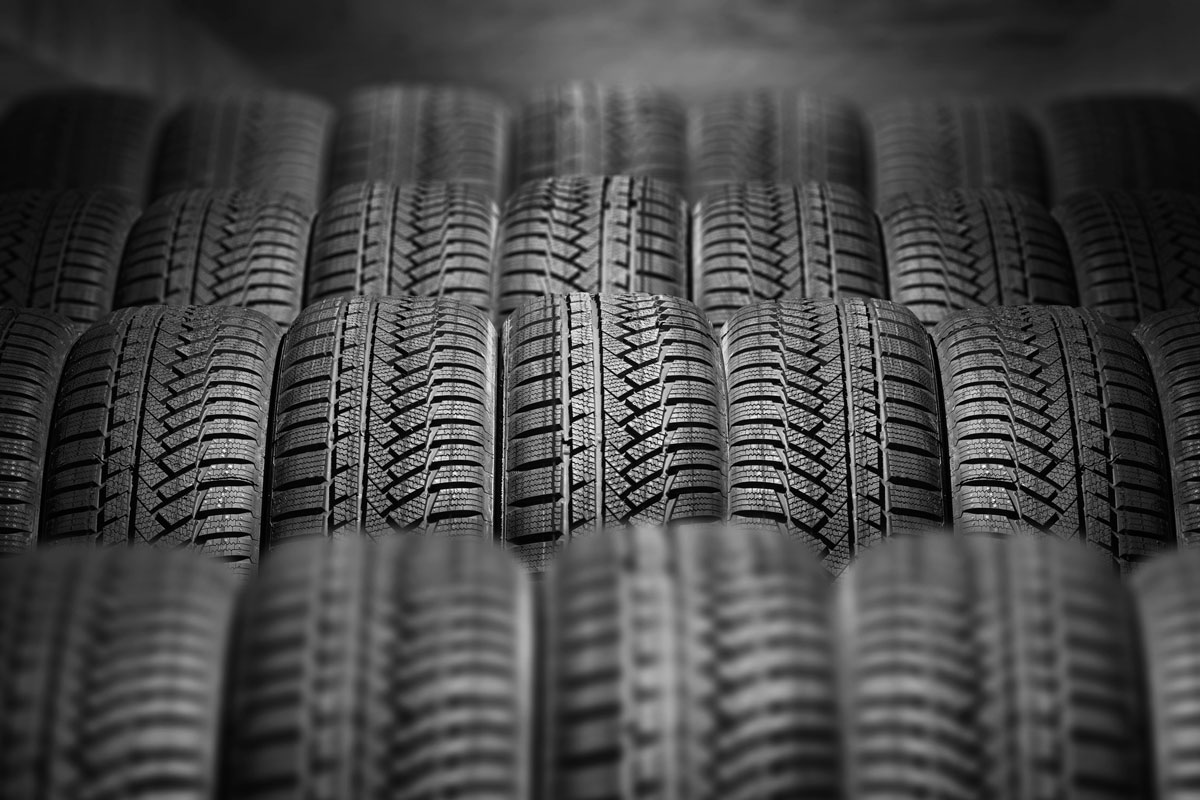
You can change your tire size on your stock rims and stock suspension as long as your new tires are only 3% larger or smaller than your original tires. However, you may be able to upsize by 15% on some large SUVs and pick-up trucks.
Thank you very much for reading. For more interesting automotive articles, please check out these links below.
What Are The Biggest Tires For A Stock Tacoma?
